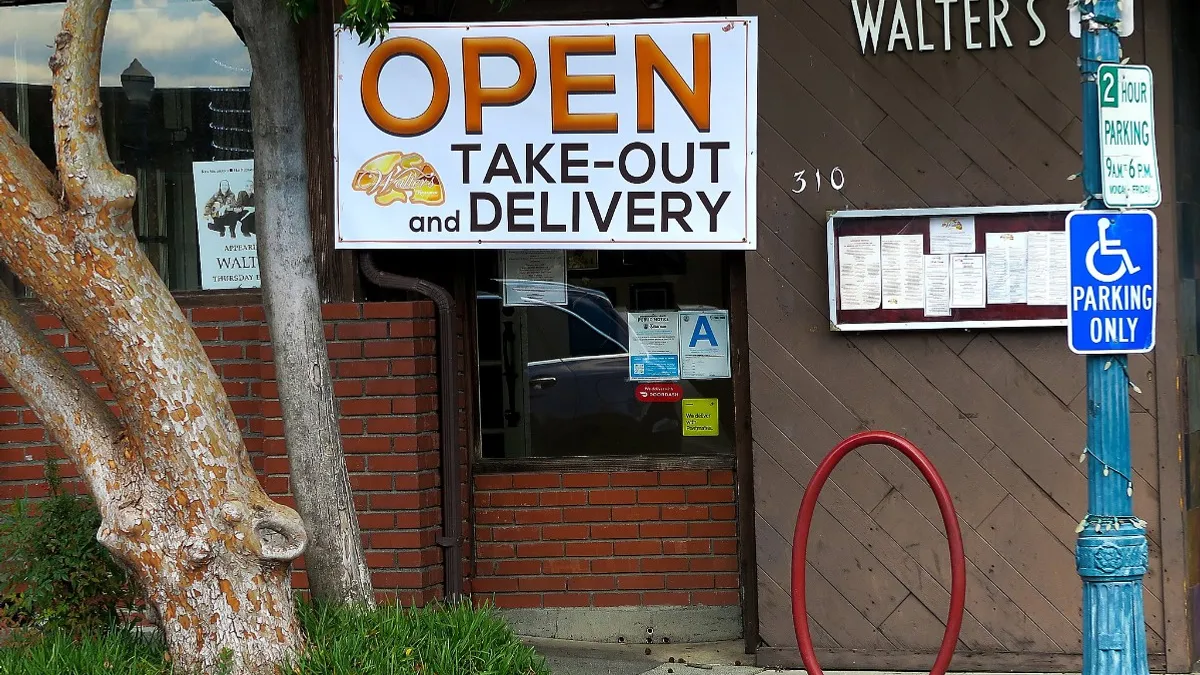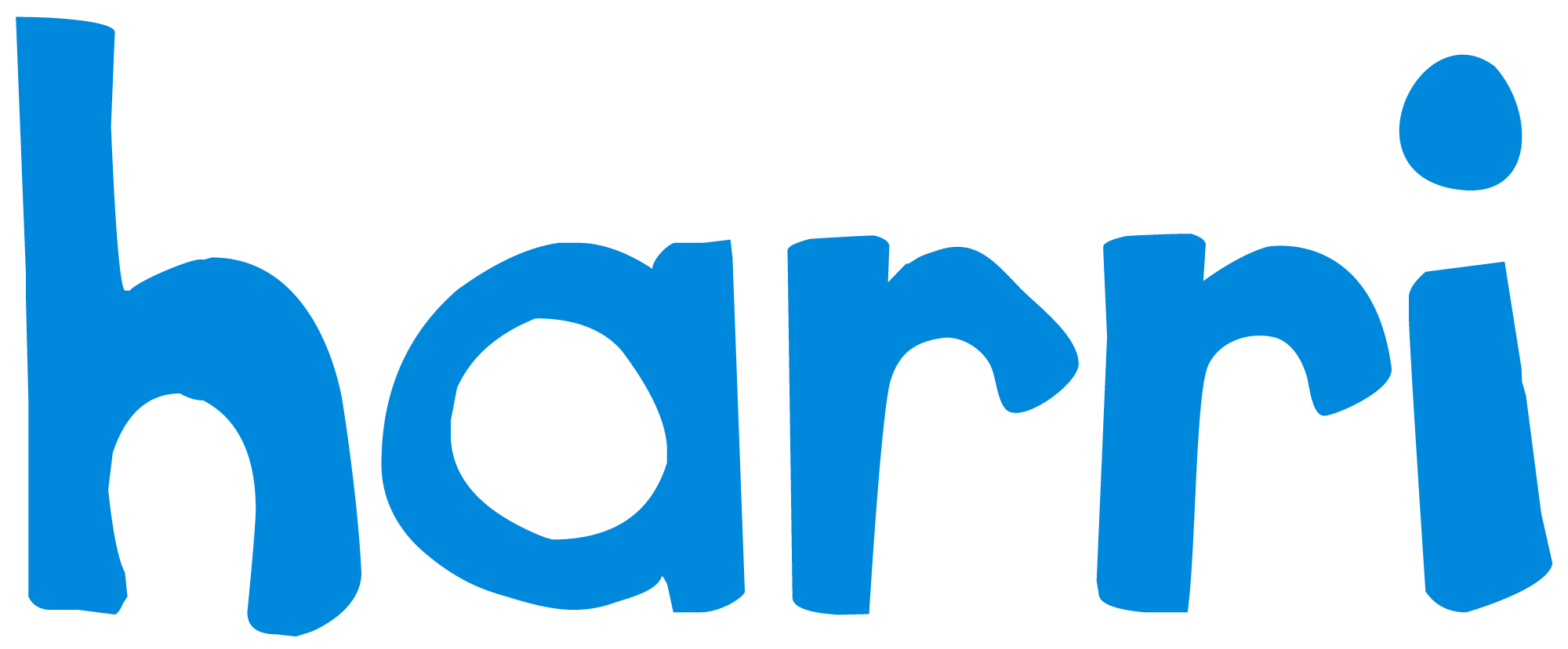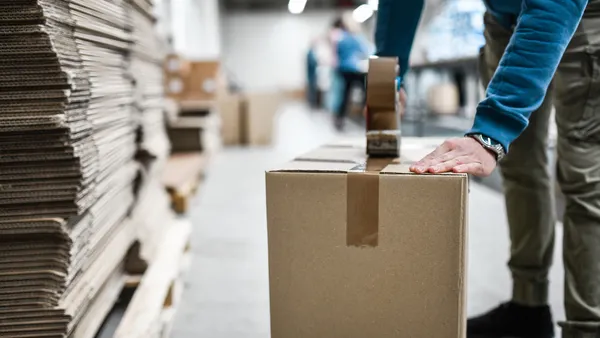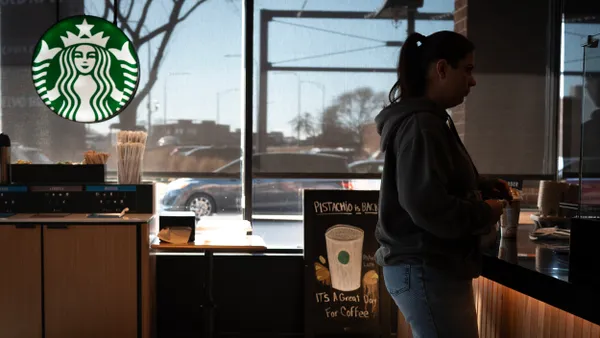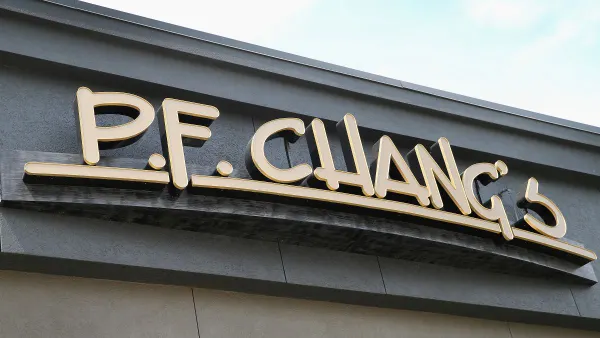Dive Brief:
- California Governor Gavin Newsom announced a $9.6 billion COVID-19 relief package last week that includes funds that could assist restaurants and bars. The relief package still requires approval by the California legislature.
- The package includes more than $2 billion that would be issued as $25,000 grants for restaurants and other small businesses that have been impacted by the pandemic. If approved, this would quadruple the size of the state's ongoing grant program for small businesses, from its initial $500 million package.
- The proposal also includes two years of fee relief for the roughly 59,000 bars and restaurants that have California-issued liquor licenses. Newsom's office reports those license fees range from $455 to a little over $1,200 annually. In October, California restaurants sought to recover over $100 million in fees for liquor and health permits and tourism charges that were collected by the state despite operating restrictions.
Dive Insight:
Though California's proposed small business grants and liquor license fee waivers could throw some water on the pandemic's economic fire, state restaurants still face a grim financial outlook as indoor dining closures remain the norm in many counties. One California restaurant owner, for example, told the Associated Press that he pays about $7,000 each year in government fees on top of property taxes.
But at this point, California restaurants are likely pining for any relief they can get. If it passes, the state's $9.6 billion relief package would augment any federal support earmarked for the restaurant industry. The House of Representatives is expected to vote on a stimulus bill this week that includes a $25 billion grant fund for restaurants.
Before the pandemic, California had over 76,000 eating and drinking establishments as of 2018 that raked in more than $97 billion in annual revenue. In August, the California Restaurant Association (CRA) reported that 30% of the state's restaurants are predicted to shutter permanently. As of December, the state's eating and drinking sector had lost 396,300 jobs, or a 27% decline from February levels, according to National Restaurant Association data. Two of the state's major restaurant cities, San Francisco and Los Angeles, saw year-over-year sales declines of 71% and 55%, respectively, according to Upserve data.
Newsom has thrown some lifelines accessible to the industry throughout the crisis, including three bills signed into law in September designed to support small businesses. There has also been some patchwork aid from specific jurisdictions and organizations. San Francisco, for example, allocated $4 million to small businesses in November as the city shut down indoor dining, including $500,000 for restaurants to purchase equipment and adjust for social distancing requirements and $500,000 for zero-interest loans for low- and middle-income restaurants to cover operating costs.
But the CRA reports that 41% of restaurant operators believe that at least a 50% capacity limit is needed to keep their businesses viable, in addition to any such lifelines. The state experienced a resurgence of the virus in the fall, causing California to implement an indoor dining ban, as well as an outdoor dining ban. Though outdoor dining has reopened, California remains the only state to largely ban indoor dining, with the exception of a few rural markets. The state is gradually reopening based on its Blueprint for a Safer Economy, but the plan is tiered based on new cases and positivity, and a definitive opening date for indoor dining remains elusive.


